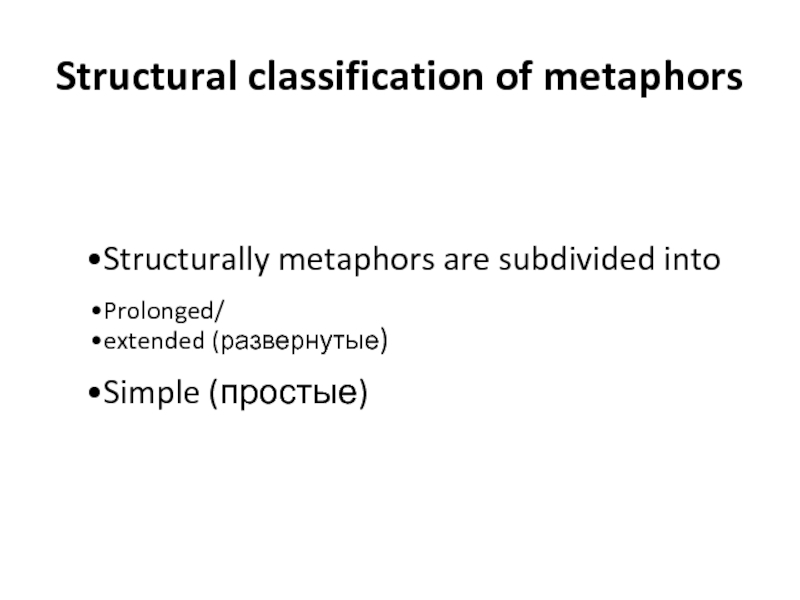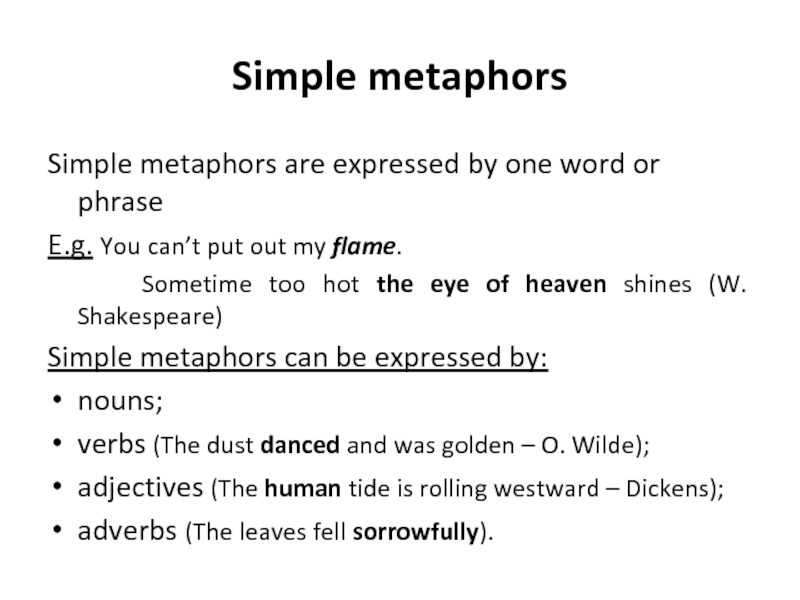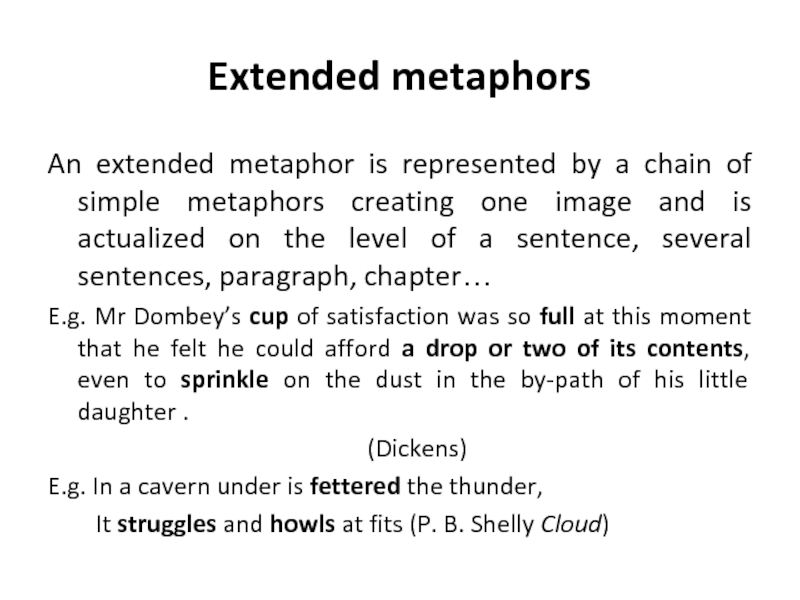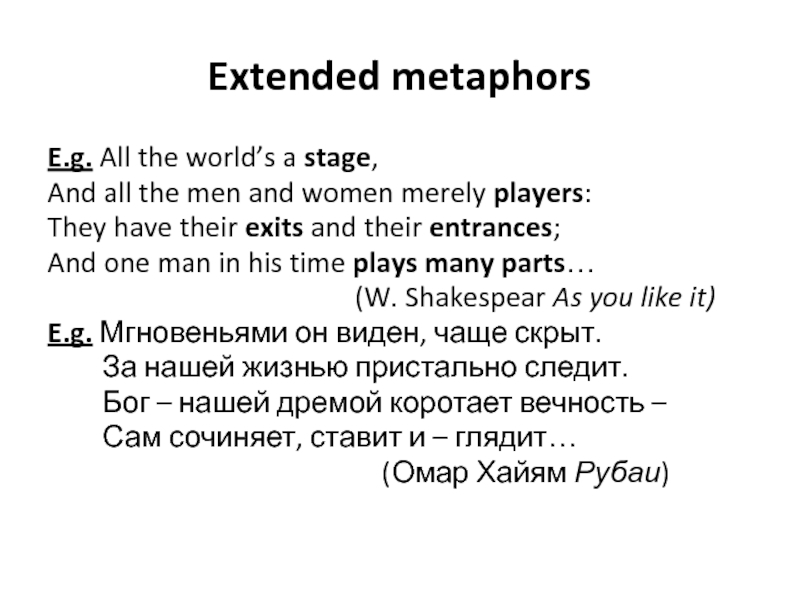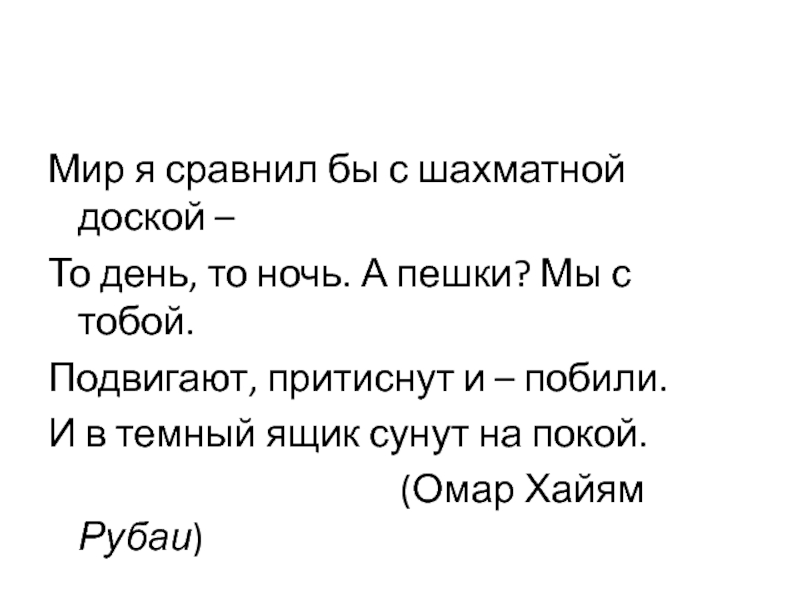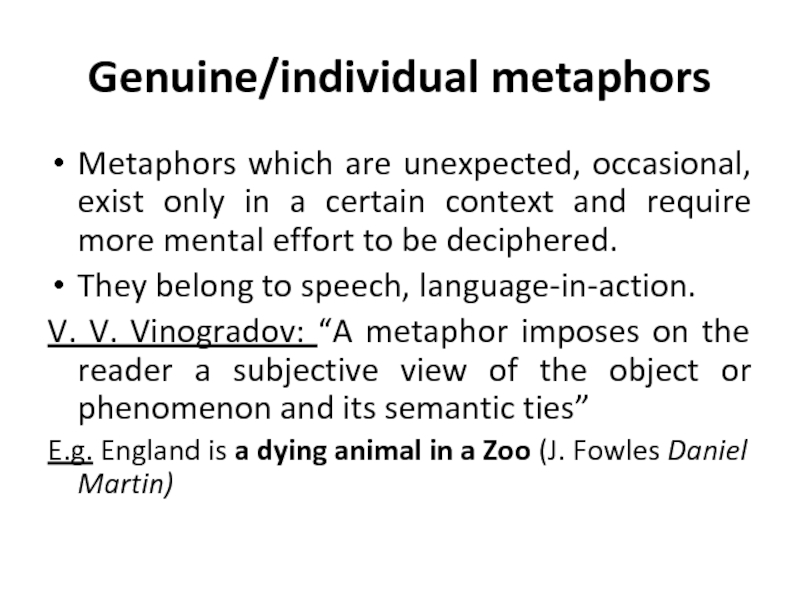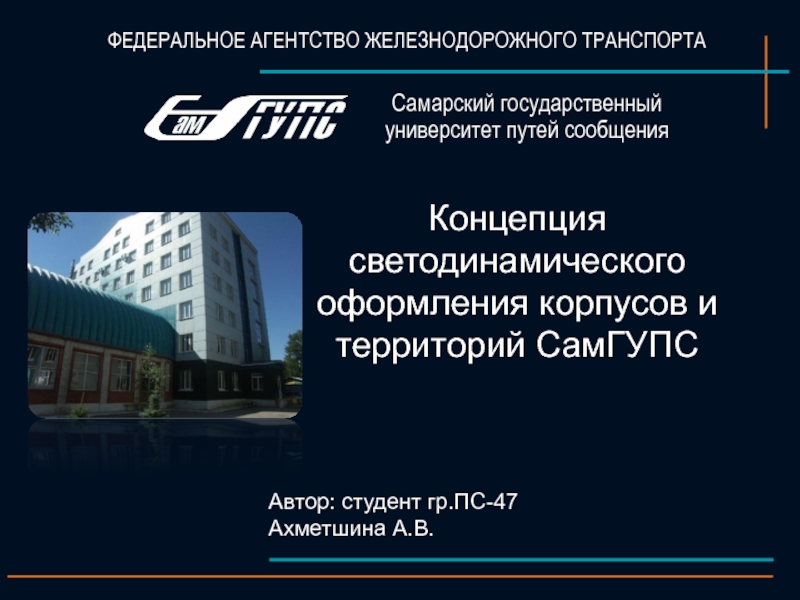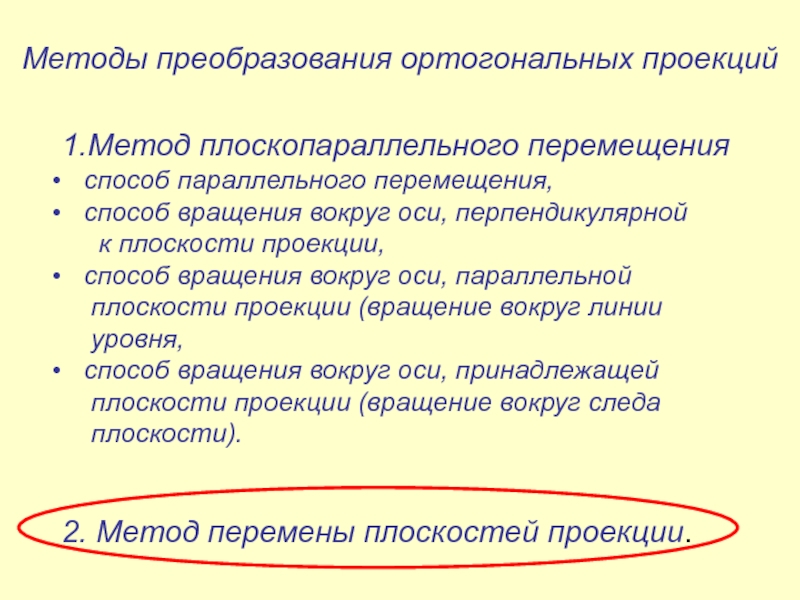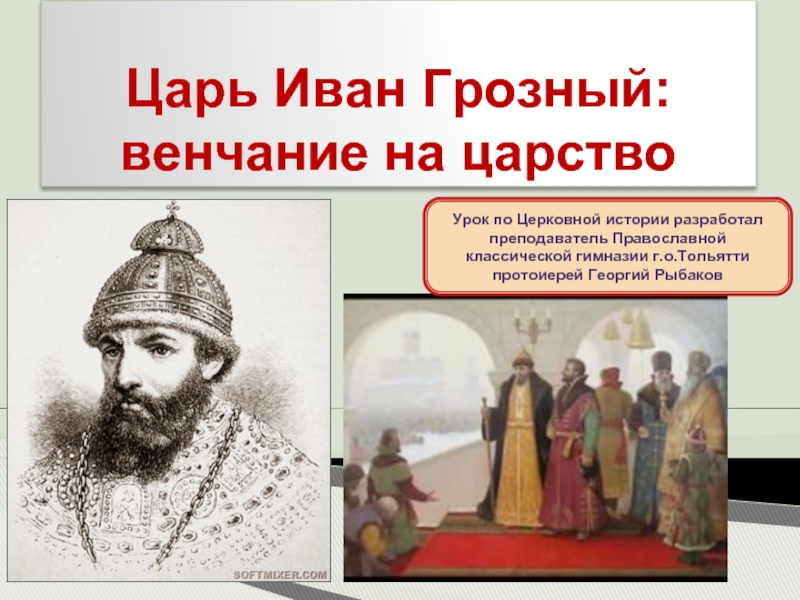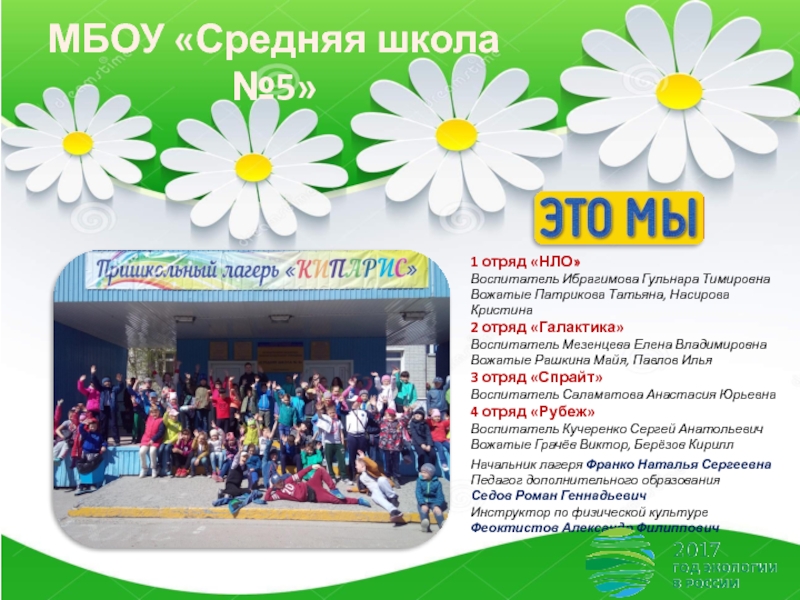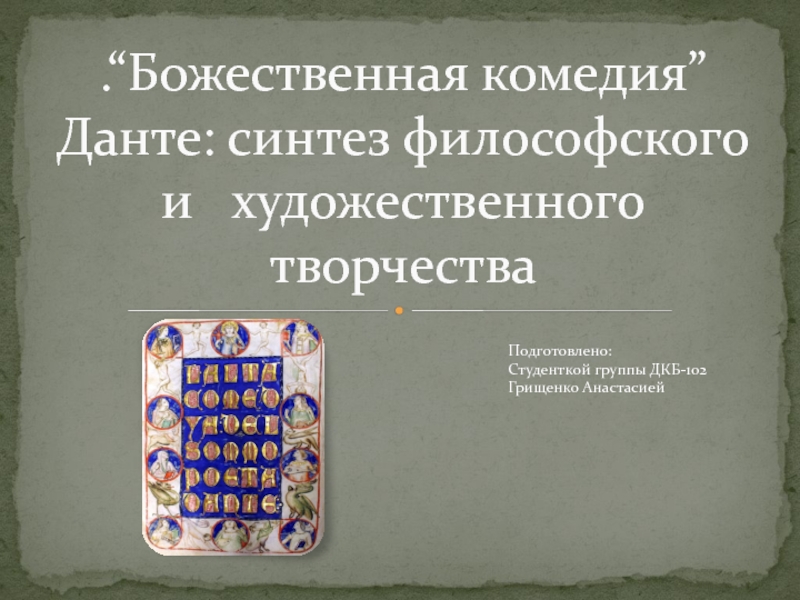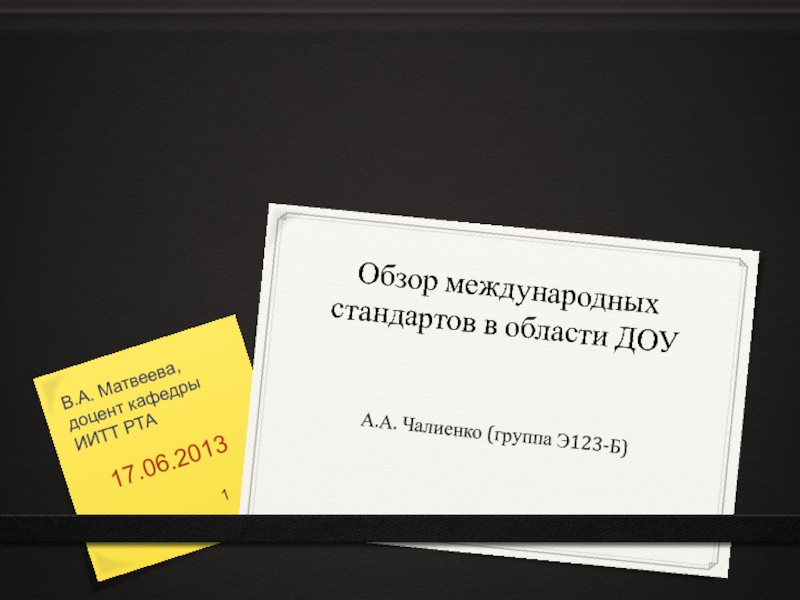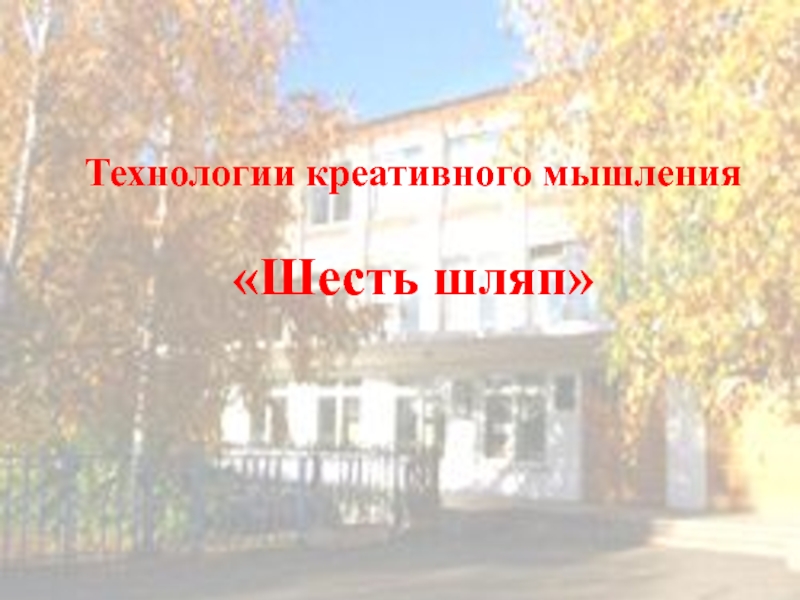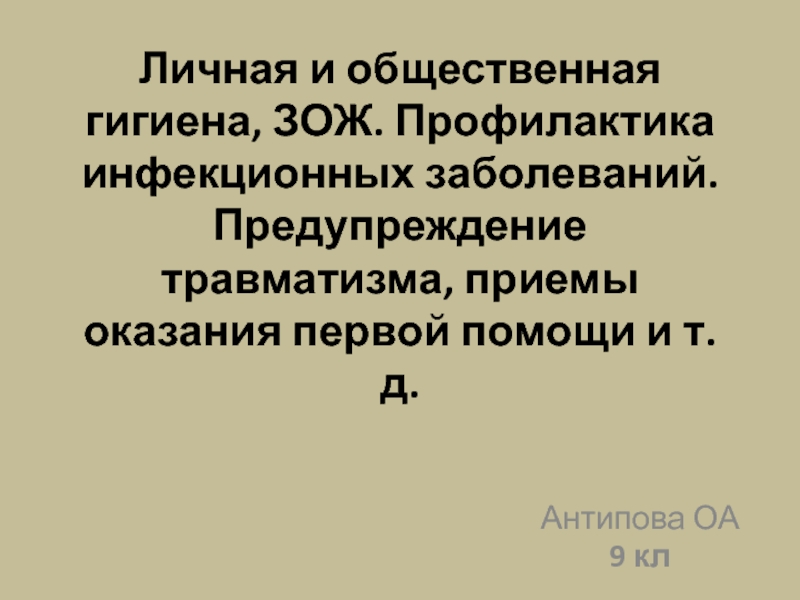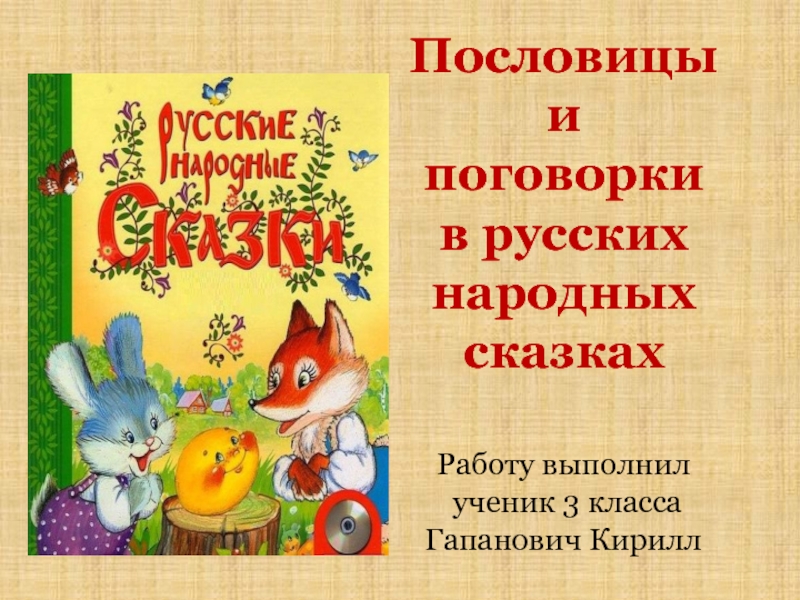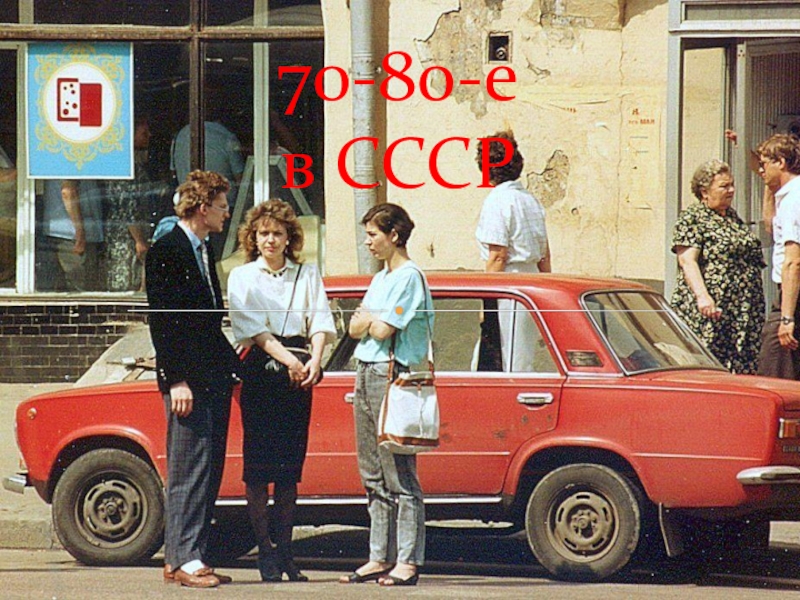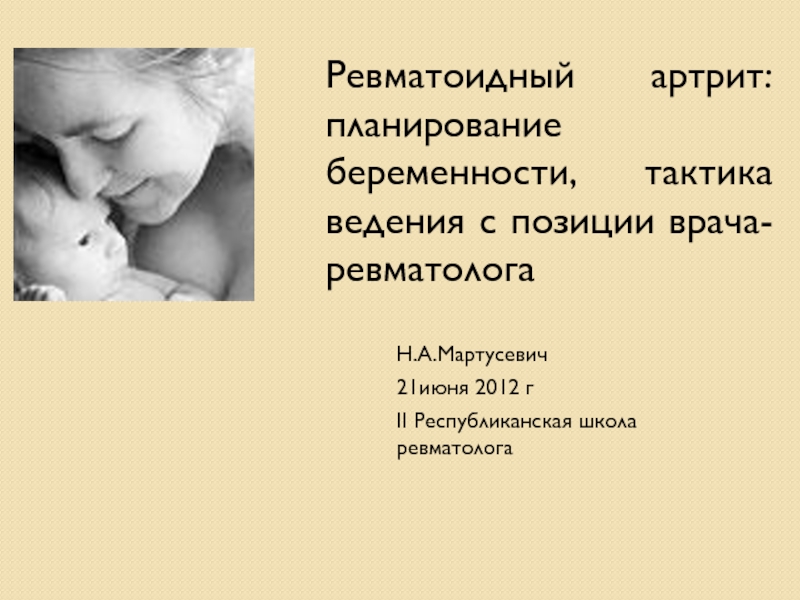Слайд 1LEXICO-SEMANTIC STYLISTIC DEVICES
Lexical meaning of a word. Denotative and connotative
meanings.
Interaction of direct and transferred meanings. Tropes.
Simile: definition and structural
peculiarities.
Metaphor. Definitions and semantic peculiarities. Metaphor and simile. Simple and extended metaphors. Trite and genuine metaphors.
Слайд 2Lexical meaning (I. Arnold)
WORD – a basic language unit which
actualizes a concept through a certain form and expresses emotions
and evaluation.
A polysemantic word is represented by a system of lexico-semantic variants (LSVs) which constitute its SEMANTIC STRUCTURE.
LEXICAL MEANING is an actualization of a concept, emotion or evaluation by means of a language system.
The lexical meaning of each LSV forms a complex unity.
Слайд 3Denotative and Connotative Meanings
Denotative meaning denotes
a concept and refers us
to reality
Connotative meaning relates
us to conditions and
participants of communication
emotive;
evaluative;
components
expressive;
stylistic
These components are optional.
Слайд 4Connotative components of meaning
Emotive component (a word expresses an emotion/feeling)
E.g.
Wow! Oh!... – interjections don’t possess denotative
meaning.
I love you, honey!
Evaluative component (a word conveys a positive or negative evaluation, approval or disapproval)
E.g. FIRM [positive]
OBSTINATE [disapproval] not easily influenced
PIG-HEADED [negative+expressive]
E.g. ШПИОН (-) – РАЗВЕДЧИК (+)
Слайд 5Connotative components of meaning
Expressive component (a word accentuates the concept
it denotes)
E.g. Life was not made merely to be slaved
away
(D.H. Lawrence)
to slave – usual expressive connotation
Stylistic component (a word is typical of certain spheres of communication and functional styles)
E.g. BLITHE (poetic), METHINKS (archaic), NARK (jargon), GRUB (slang)
Слайд 6Direct and Figurative Meanings
Lexical meaning can be also represented through
the opposition of
Direct meaning and Figurative meaning
(nominative) (transferred)
Слайд 7Direct and Figurative Meanings
DIRECT MEANING is actualized without context
E.g. COLD,
WIND, MOUNTAIN
It was a cold fall
and the wind came down from the mountains (E. Hemingway)
FIGURATIVE MEANING describes or characterizes an object by establishing its relationship with other objects, and creates an image.
E.g. Then, turning to my love, I said,
“The dead are dancing with the dead,
The dust is whirling with the dust.” (O. Wilde)
Слайд 8TROPES
Tropes are lexico-semantic stylistic devices based on a certain change/transposition
of meaning, which results in creating an image.
That means a
word acquires a figurative meaning or additional connotations in a particular context, which co-exist with the direct meaning.
E.g. “What would your novel be about?”
“Tropes and metaphors.”
“What are tropes when they’re at home?”
“All the things I can’t tell straight” (J. Fowles Daniel Martin).
Слайд 9Types of tropes
Depending on the type of transposition of lexical
meaning we can single out the following tropes:
Simile*;
Metaphor (+personification; +antonomasia);
Metonymy;
Synechdoche;
Allegory*;
Epithet*
*
- Some scholars don’t include these in the category of tropes.
Слайд 10SIMILE [‘siməlı]
Simile aims at comparing two objects belonging to different
classes of things and creating an artistic image as a
result.
Comparison implies likeness between two objects belonging to one class. It doesn’t result in vivid imagery.
E.g. He looks like his father/mother/grandpa (comparison)
He looks like a ghost/a devil/a prisoner who has just been released/ a prisoner who is to serve a life sentence…(simile)
Слайд 11Ways of expressing simile
Simile is always formally marked by:
conjunctions and
prepositions
E.g. I feel as if I’ve been too well spun
in a game of blindman’s buff (J. Fowles The Magus).
That absolutely normal silence. A silence like a scream
(J. Fowles Daniel Martin).
suffixes (-like, -wise)
E.g. Everything that was happening had a dream-like quality.
Special verbs (resemble, remind of, seem, look like…) and other expressions
E.g. Everything is a kind of screen if one wishes it so. An excuse for not understanding (J. Fowles Daniel Martin)
Слайд 12Metaphor [‘metəfə(r)]: definitions
LIFE IS LIKE A DREAM
A is LIKE
B
LIFE IS A DREAM A is ____B
Arnold: Metaphor is a hidden simile which consists in applying the name of one object to another object.
Skrebnev: Metaphor denotes expressive renaming on the basis of similarity of two objects: the real object of speech and the one whose name is actually used.
Galperin: Metaphor is a relation between the dictionary and contextual logical meanings based on the affinity or similarity of certain properties or features of the two corresponding concepts.
Слайд 13Metaphor and Simile
Many scholars and stylists think that both simile
and metaphor are originally based on likeness/similarity/analogy, and define metaphor
as a compressed simile with formal elements (LIKE, AS IF, etc) omitted.
BUT! There exist differences:
Simile is always marked formally. Metaphor – never.
Simile keeps two objects apart.
Metaphor aims at complete identification and is more expressive and categorical. It provides a sort of stereoscopic/double vision.
E.g. He is like a demon.
He is a demon.
Слайд 14Metaphor and Simile
Metaphor consists in renaming an object and presupposes
a more essential change of meaning.
In fact,
it CREATES likeness/similarity/analogy between two concepts.
That is why metaphor is said to possess cognitive value.
It is a powerful tool used to create new meanings in language.
E.g. TO GRASP/TO SEE/TO GET = TO UNDERSTAND
E.g. All the world’s a stage,
And all the men and women merely players:
They have their exits and their entrances;
And one man in his time plays many parts…(W. Shakespear As you like it)
Слайд 15Metaphor: structural components (I.Richards)
Ivor Richards singled out the following structural
components of a metaphor:
Tenor [тема метафоры] – the concept denoted
by metaphor (CONTENT);
Vehicle [«оболочка», образное средство] – the image used to denote the concept (FORM);
The Ground [основание для сравнения] – the property that helps us see the analogy between two concepts
E.g. For peace comes dropping slow, dropping from the veils of the morning (W.B. Yeats)
Слайд 16Structural classification of metaphors
Слайд 17Simple metaphors
Simple metaphors are expressed by one word or phrase
E.g.
You can’t put out my flame.
Sometime too
hot the eye of heaven shines (W. Shakespeare)
Simple metaphors can be expressed by:
nouns;
verbs (The dust danced and was golden – O. Wilde);
adjectives (The human tide is rolling westward – Dickens);
adverbs (The leaves fell sorrowfully).
Слайд 18Extended metaphors
An extended metaphor is represented by a chain of
simple metaphors creating one image and is actualized on the
level of a sentence, several sentences, paragraph, chapter…
E.g. Mr Dombey’s cup of satisfaction was so full at this moment that he felt he could afford a drop or two of its contents, even to sprinkle on the dust in the by-path of his little daughter .
(Dickens)
E.g. In a cavern under is fettered the thunder,
It struggles and howls at fits (P. B. Shelly Cloud)
Слайд 19Extended metaphors
E.g. All the world’s a stage,
And all the men
and women merely players:
They have their exits and their entrances;
And
one man in his time plays many parts…
(W. Shakespear As you like it)
E.g. Мгновеньями он виден, чаще скрыт.
За нашей жизнью пристально следит.
Бог – нашей дремой коротает вечность –
Сам сочиняет, ставит и – глядит…
(Омар Хайям Рубаи)
Слайд 20Мир я сравнил бы с шахматной доской –
То день,
то ночь. А пешки? Мы с тобой.
Подвигают, притиснут и –
побили.
И в темный ящик сунут на покой.
(Омар Хайям Рубаи)
Слайд 21Classification of metaphors according to the degree of unexpectedness
TRITE
GENUINE
HACKNEYED ORIGINAL
“READY-MADE” INDIVIDUAL
(стертые) (индивидуальные)
Слайд 22Trite metaphors
Metaphors which are commonly used in speech and sometimes
fixed in dictionaries. They belong to language-as-a-system.
E.g. leg of a
table, mouth of a river, needle’s eye, bottle’s neck
E.g. a ray of hope, floods of tears, seeds of evil, a flight of imagination, to burn with desire
Trite metaphors can be revived in texts
E.g. Mr Pickwick bottled up (=kept in check) his vengeance and corked it down (Dickens)
Слайд 23Genuine/individual metaphors
Metaphors which are unexpected, occasional, exist only in a
certain context and require more mental effort to be deciphered.
They
belong to speech, language-in-action.
V. V. Vinogradov: “A metaphor imposes on the reader a subjective view of the object or phenomenon and its semantic ties”
E.g. England is a dying animal in a Zoo (J. Fowles Daniel Martin)
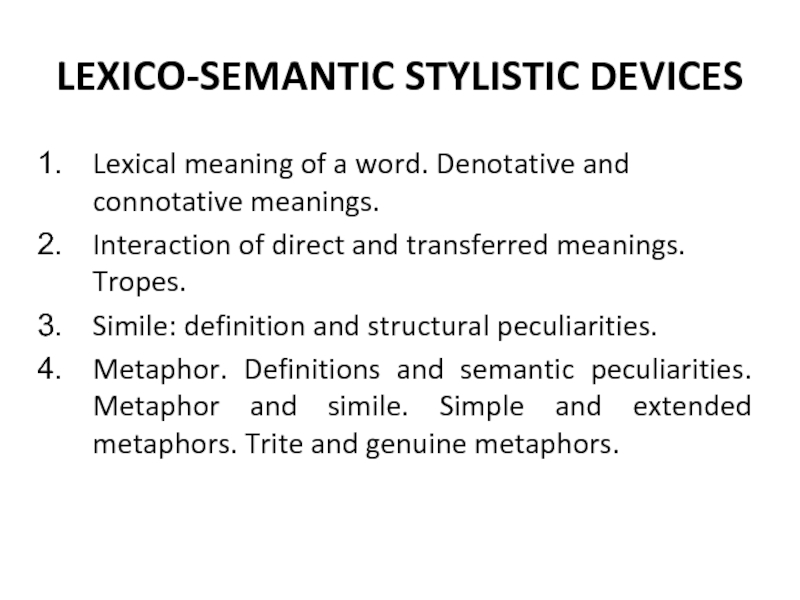
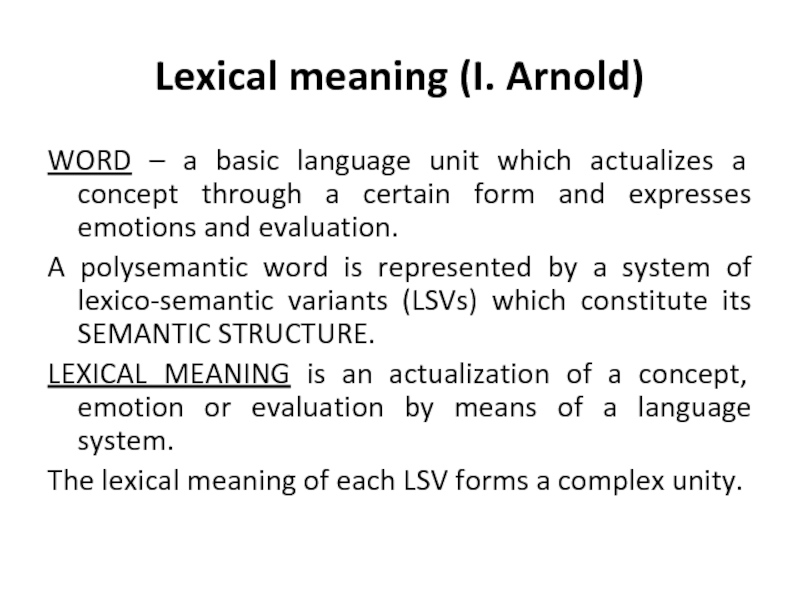
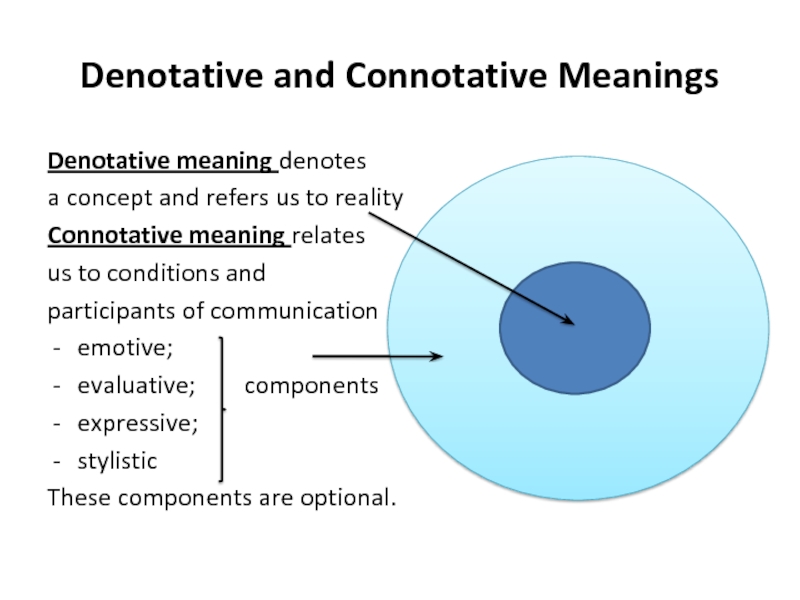
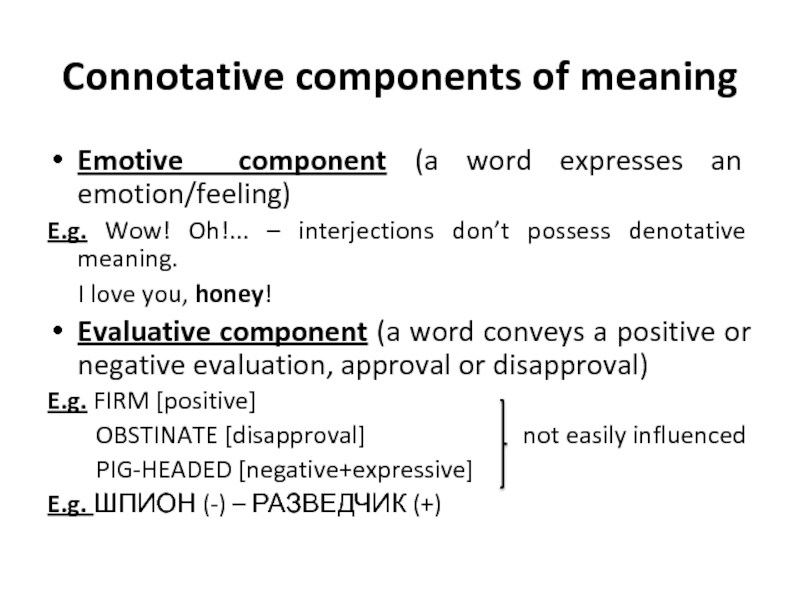
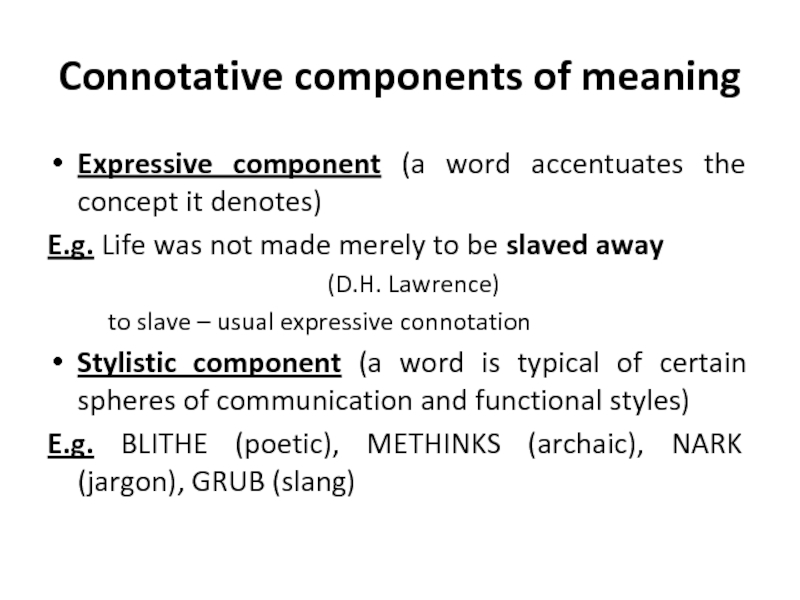
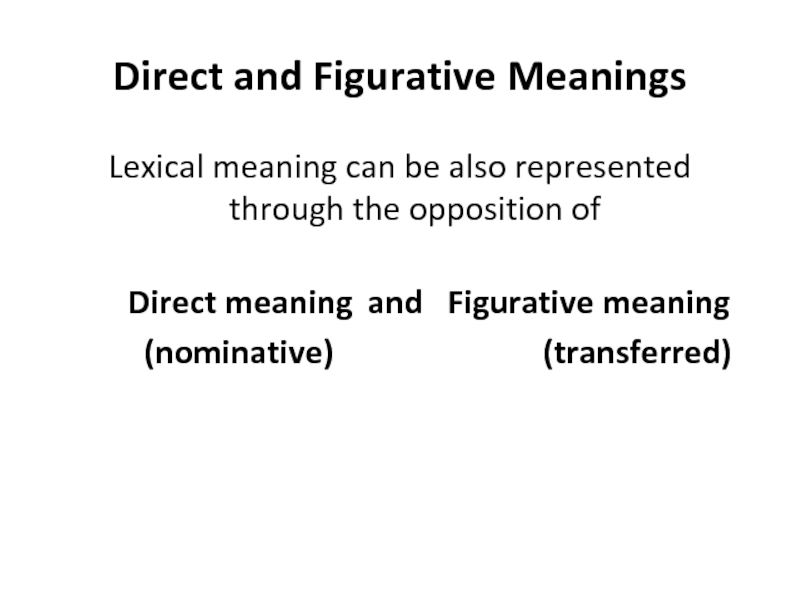
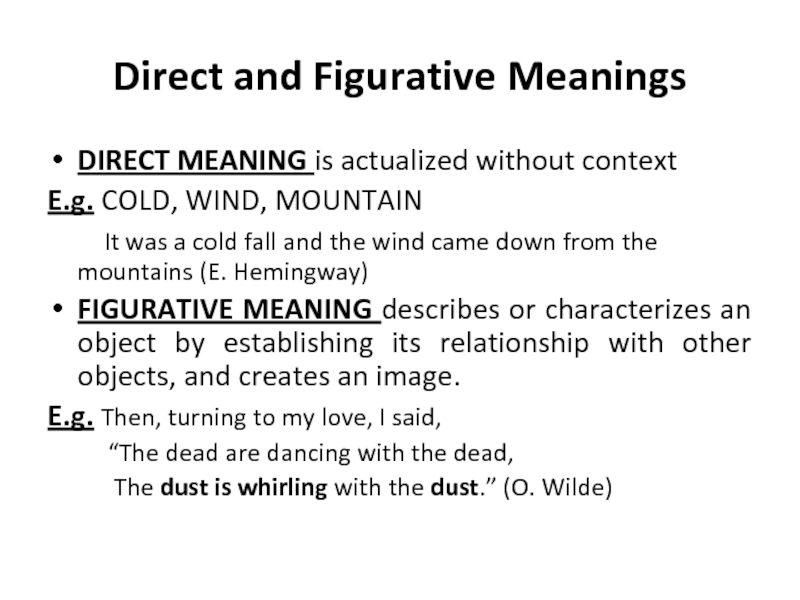
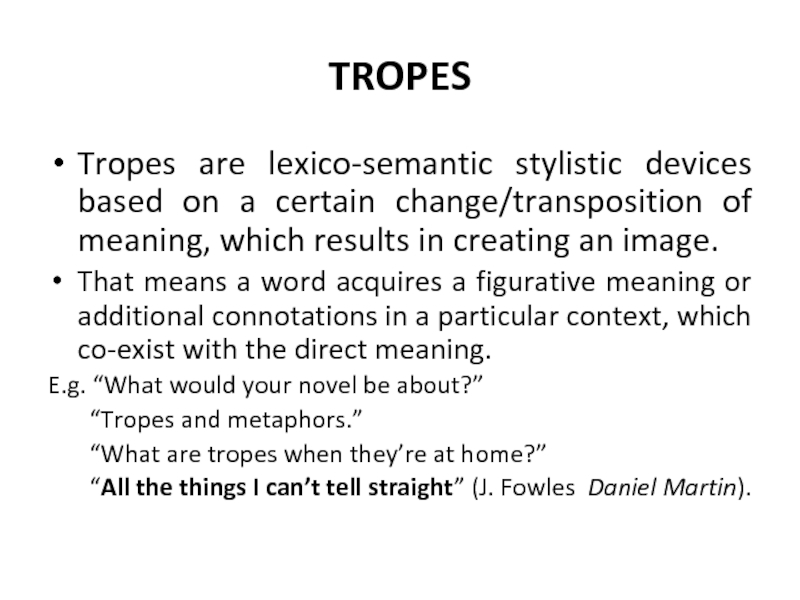
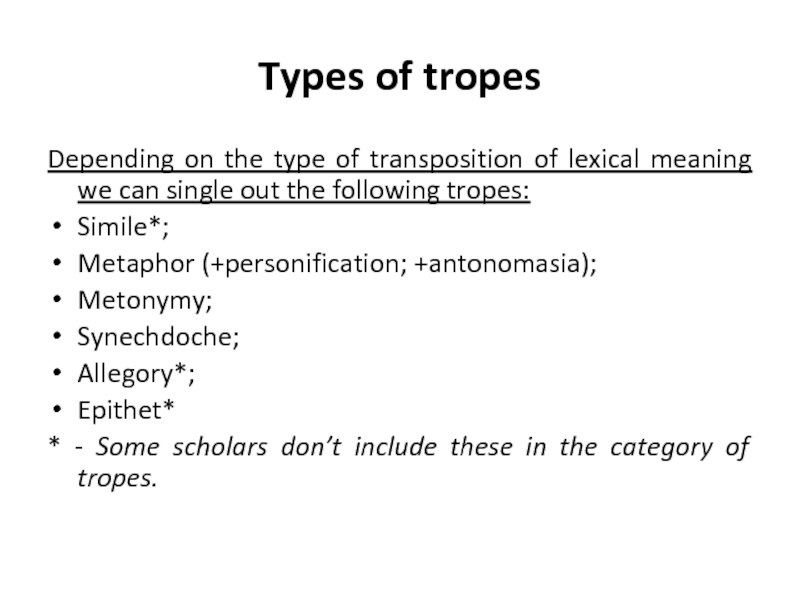
![LEXICO-SEMANTIC STYLISTIC DEVICES SIMILE [‘siməlı]Simile aims at comparing two objects belonging to different classes SIMILE [‘siməlı]Simile aims at comparing two objects belonging to different classes of things and creating an artistic](/img/thumbs/d9b9a7507cf058cf0077baf3bc05ca0d-800x.jpg)
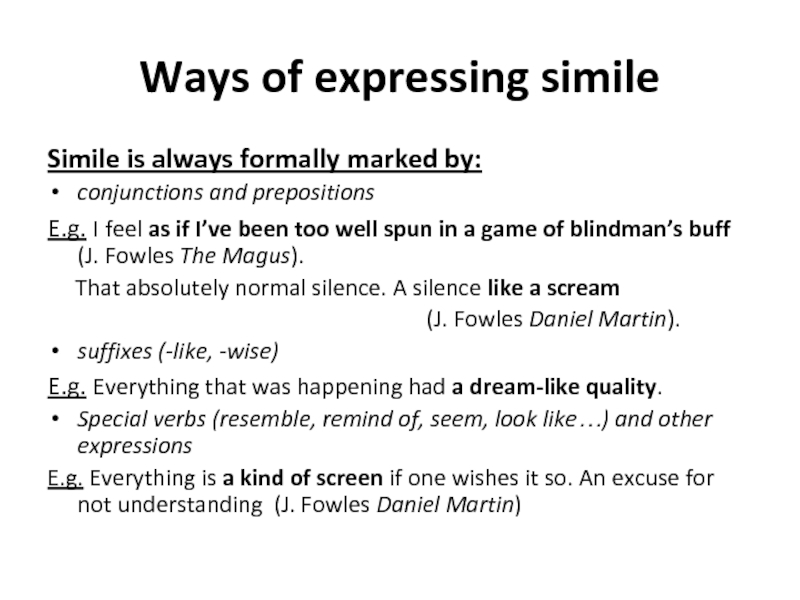
![LEXICO-SEMANTIC STYLISTIC DEVICES Metaphor [‘metəfə(r)]: definitions LIFE IS LIKE A DREAM Metaphor [‘metəfə(r)]: definitions LIFE IS LIKE A DREAM](/img/thumbs/dab5e7524ee5bbaeb3f8def200f2b88c-800x.jpg)
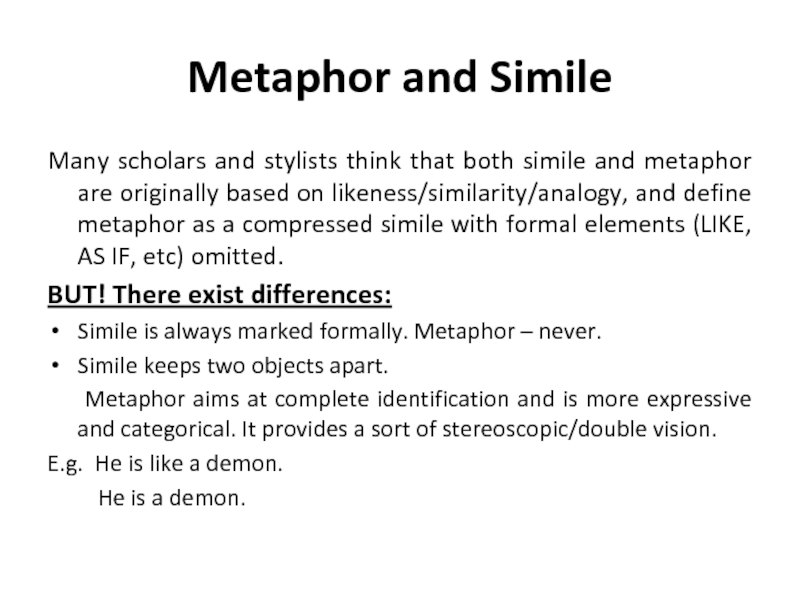
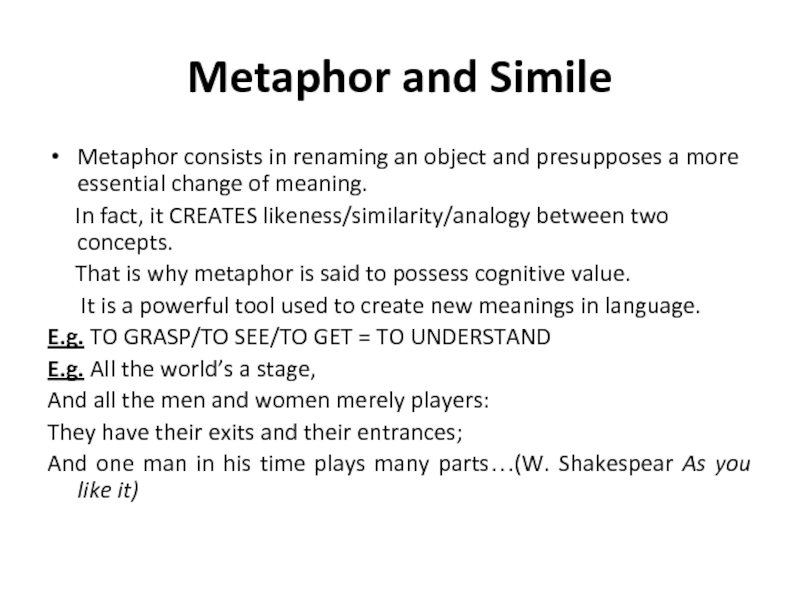
![LEXICO-SEMANTIC STYLISTIC DEVICES Metaphor: structural components (I.Richards)Ivor Richards singled out the following structural components Metaphor: structural components (I.Richards)Ivor Richards singled out the following structural components of a metaphor:Tenor [тема метафоры] –](/img/thumbs/5c746a90f0413ab74522e27e4e4373bd-800x.jpg)
